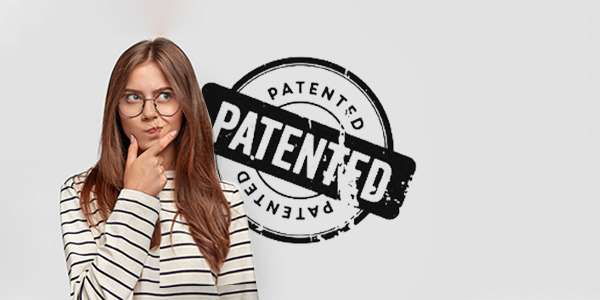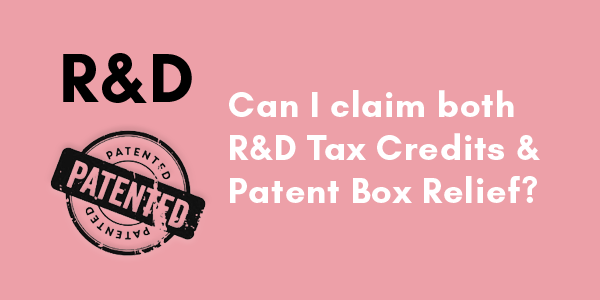If you are claiming R&D Tax Relief and you have invested in patents or other equivalent Intellectual Property, you might be eligible for another cheeky tax relief known as Patent Box Tax Relief. Like R&D Tax Relief, Patent Box Relief is an incentive designed to drive UK companies to innovate, but with the specific intention of retaining Intellectual Property in the UK.
Read on to find out more about Patent Box Relief and how it interacts with your R&D Tax Relief claim.

What is Patent Box Tax Relief?
You may be able to make a Patent Box Relief claim if you own:
- patents that are making your business a profit, or,
- profitable, unpatented intellectual property which you could patent.
If you are doing one of the above activities, you may be able to make a Patent Box Tax Relief claim that could reduce your business corporation tax to 10%.
Am I eligible to claim Patent Box?
To be eligible to claim, you must:
- be a UK Limited company paying UK corporation tax, and,
- have developed an innovative product or process, filed a patent application, and made profits that are related to the patent.
When you hear patent, you might automatically think of groundbreaking inventions but it’s doesn’t have to be this complex. Patented inventions can be as a result of a relatively small technical improvement to a product or process.
If you are put off by the prospect of a difficult, expensive process to apply for a patent, well the Patent Box Relief should provide the silver lining. For it’s not just UK profits that qualify for the relief. An amazing 100% of the company’s worldwide profits resulted from that patented product or process, could qualify for a reduction to 10% corporation tax. From 1st April 2023 that’s up to a 15% saving!
Similar to R&D Tax Relief, Patent Box claims must be made before two years AFTER the end of the accounting year in which the relevant profits and income were made.

Can you use BOTH R&D Tax Relief & Patent Box schemes?
The short answer is yes. You might have thought that because the activity is all focused on innovation that there might be exemptions around being able to claim both. Wrong. The two schemes are separate but they can be combined, which is great news!
Companies can benefit from 10% corporation tax for profits related to the patented product or process, whilst claiming up to £25 for every £100 spent on Research and Development. But the savings do interact with each other. R&D tax relief reduces your profits subject to corporation tax, whilst patent box applies a 10% tax rate on profits after applying R&D tax relief and the patent box calculations.
If you’re actively involved in patents, alongside your R&D activity you need to make sure you are maximizing both schemes.
Let’s take a look at an example..
A cosmetic dentistry business made £800k profit for the accounting period ending 31st July 2021. They expect to pay £152k in corporation tax.
They own a patent for cosmetic dentistry which was granted for the UK in September 2020. They made £100k profit from the patent.
The business also undertook Research and Development (R&D) in respect of prototyping the product which cost them £100k in this accounting period.
Firstly, they can claim an additional £130k deduction from their profits due to the R&D activities which reduces their profits subject to tax, down to £670k. This saves them £24,700.
Secondly with a patent box election, the £100k patent profits are taxed at 10% instead of 19%. This saves them £9k.
By making these claims, it means the company will now pay £118,300 in tax, resulting in a total saving of £33,700.
ELIGIBLE FOR R&D & PATENT BOX RELIEF?
If you think you might qualify for Patent Box Relief, get in touch and we will help make sure you maximise your claims across both schemes.
Book a scoping call here to discuss your claims.
Partners with Radish Tax
We’ve partnered with Radish Tax by Diagnostax – a specialist R&D Tax Relief provider. Tim & the team at Radish Tax are friendly, easy to work with and make the process of claiming R&D Tax Relief painless.
Find out more about Radish Tax by Diagnostax.

